Content Warning: Child domestic violence, suicide
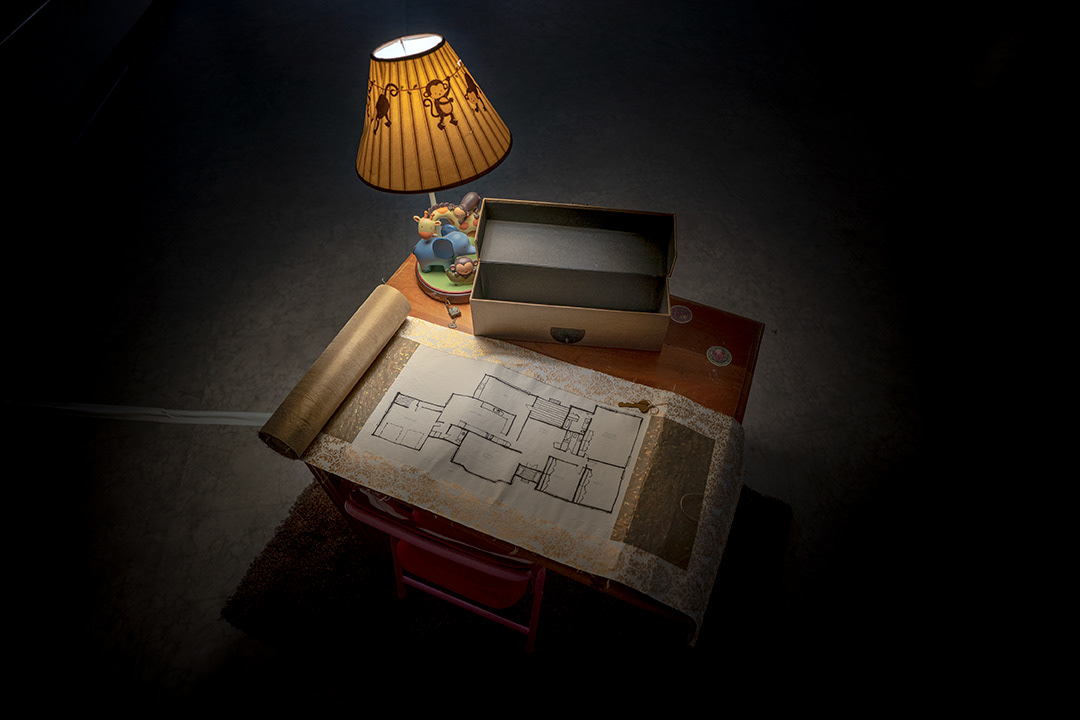
Photo credit: Kay Yoo @r.u.o.kay.graphy
"Where Is Home?" 2018
Installation in multiple parts and vignettes, domestic household objects and lights, objects of violence and lost innocence, objects of comfort, handmade scroll and boxes

Photo credit: Kay Yoo @r.u.o.kay.graphy

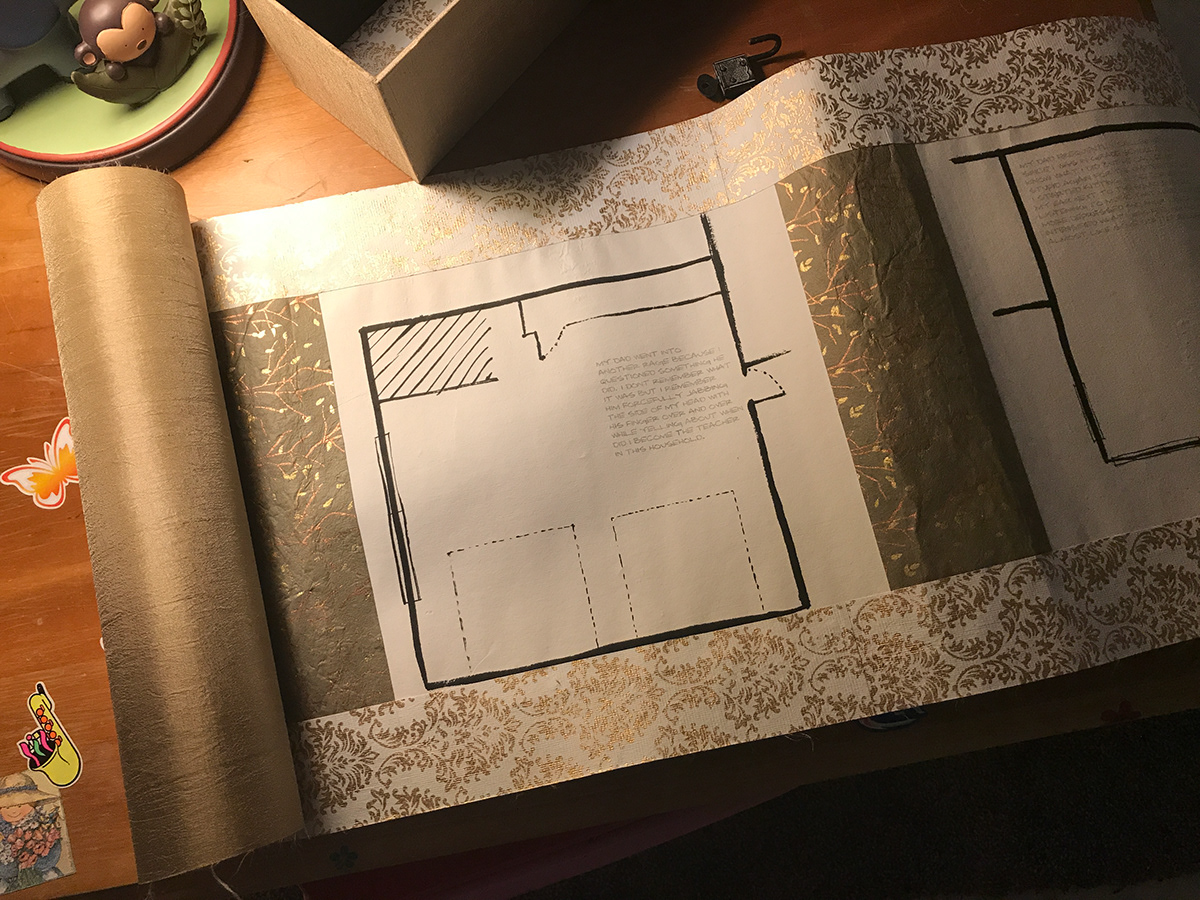
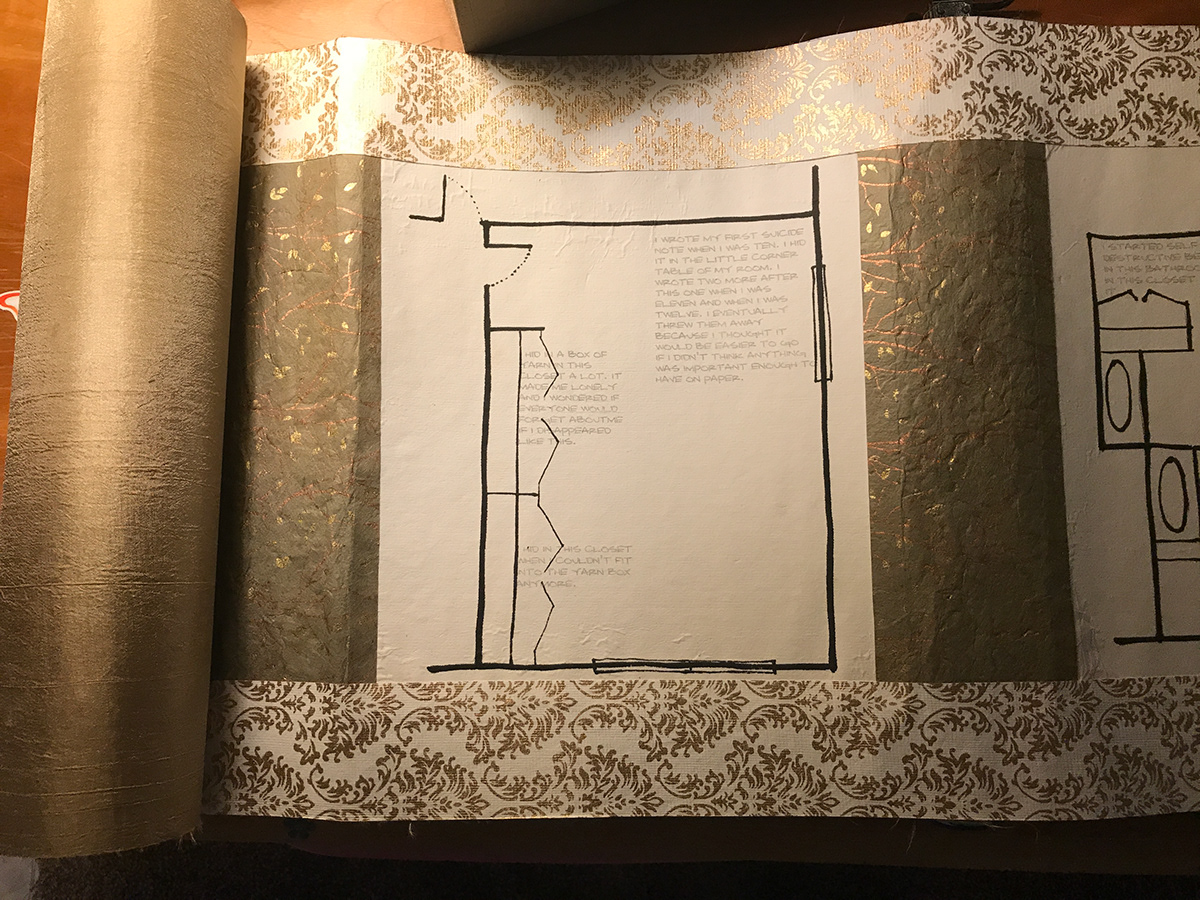
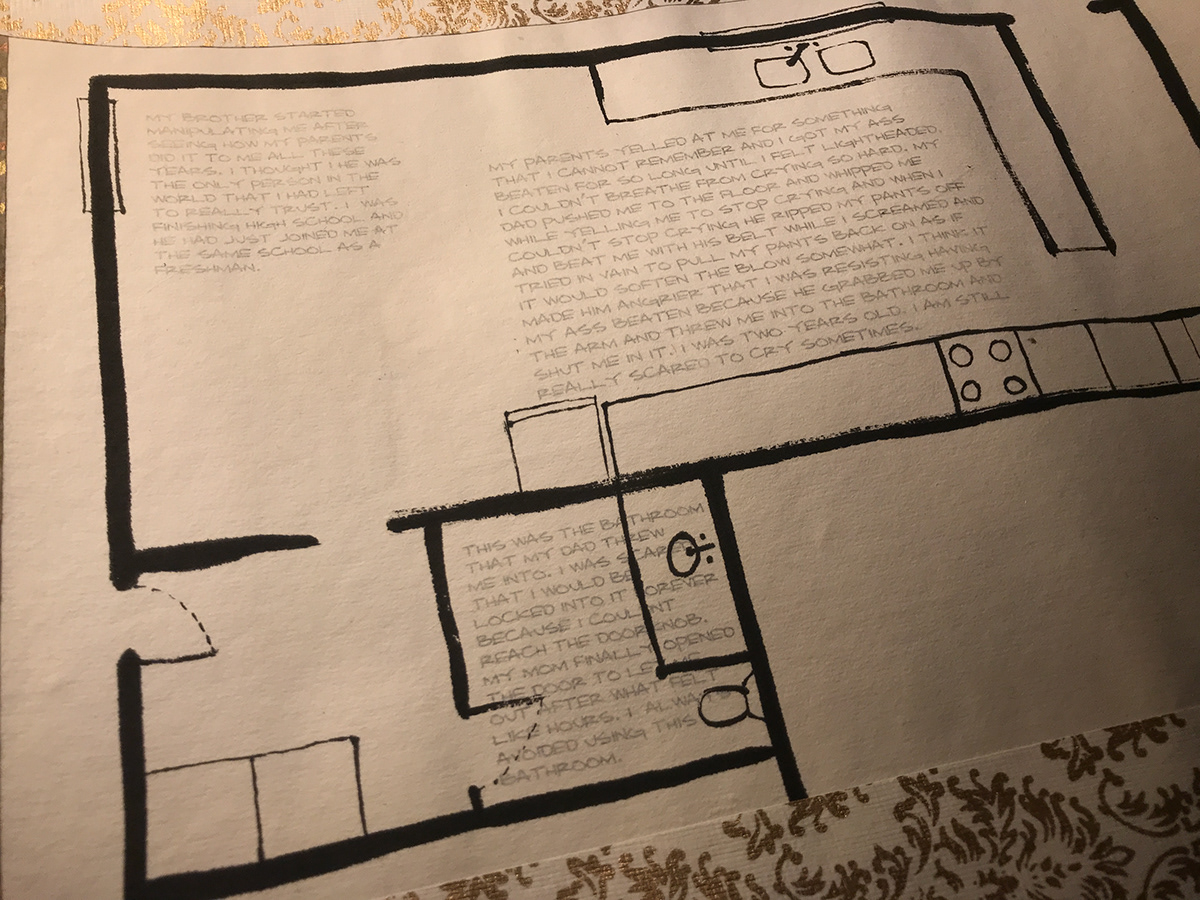
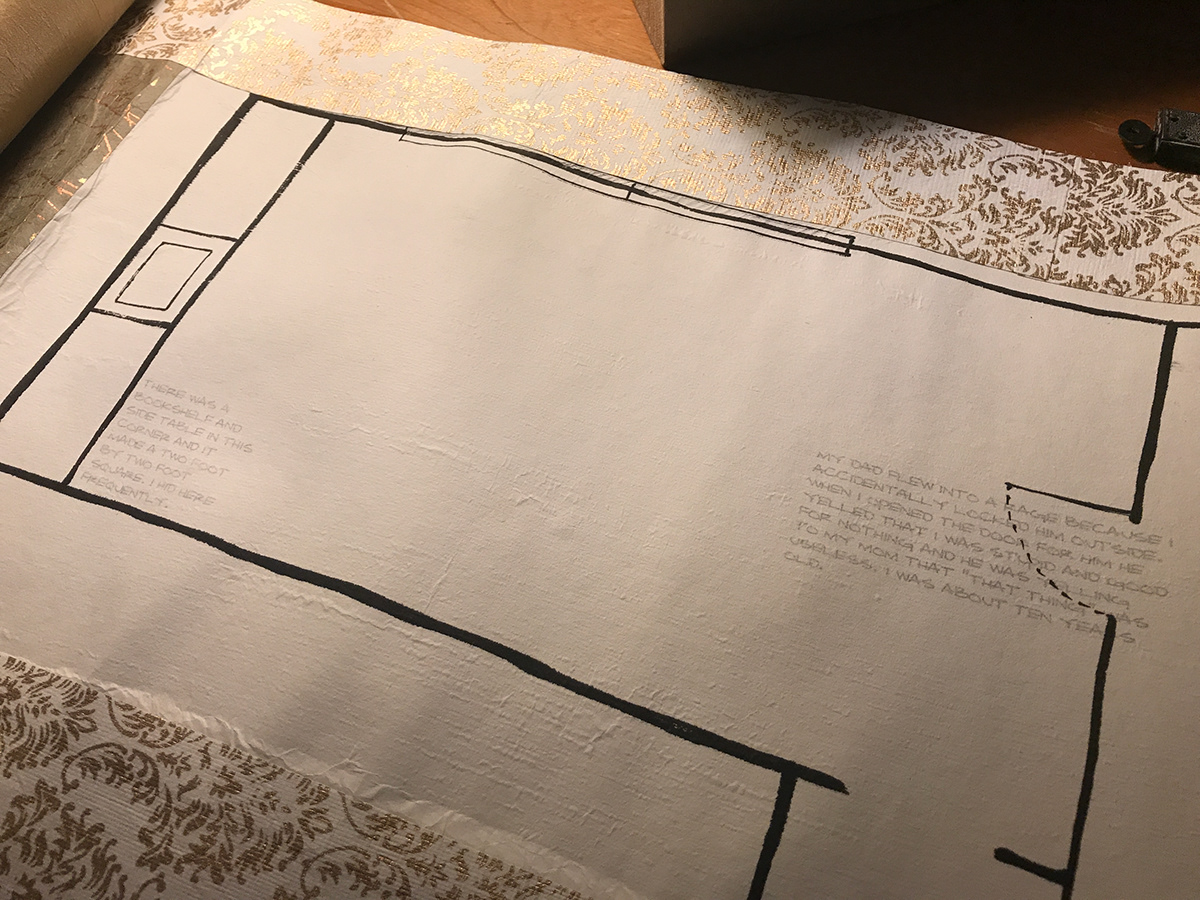

Photo by Probably Joel, http://probablyjoel.com
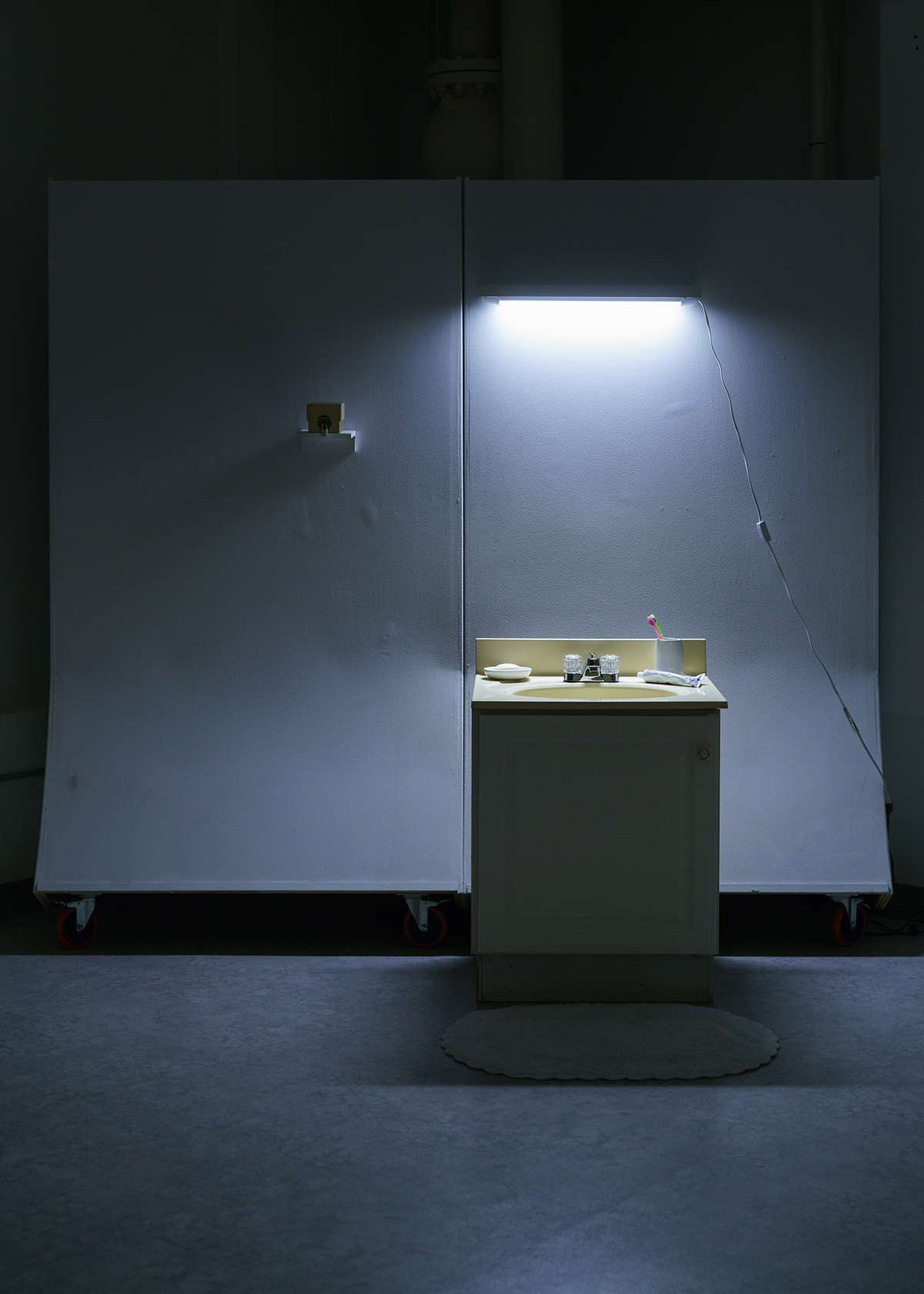
Photo by Probably Joel, http://probablyjoel.com

Photo credit: Kay Yoo @r.u.o.kay.graphy

Photo by Probably Joel, http://probablyjoel.com
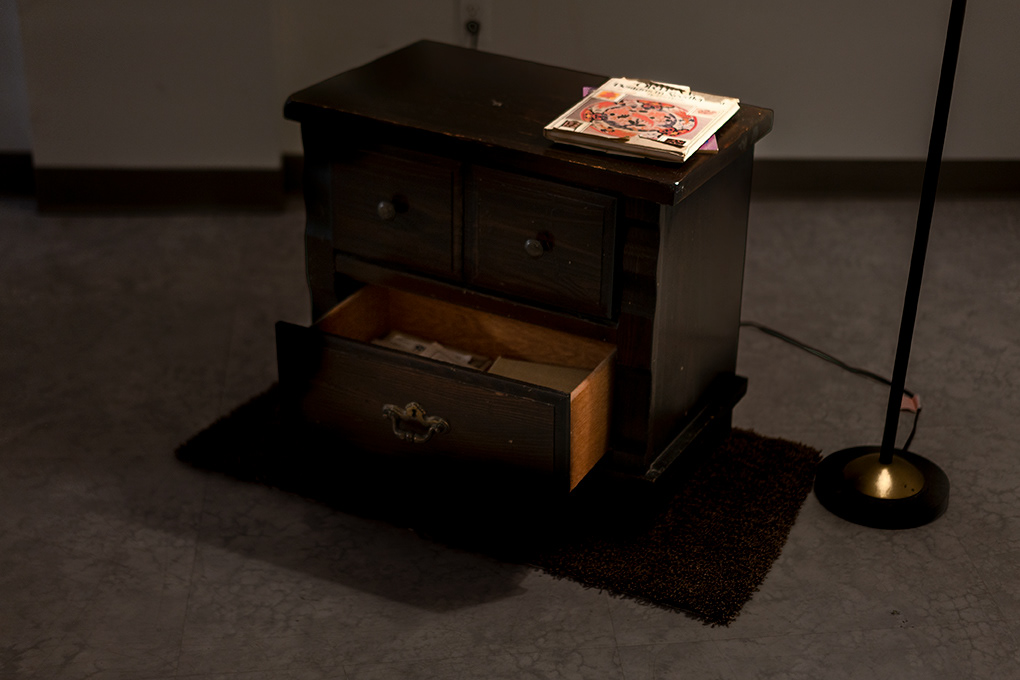
Photo credit: Kay Yoo @r.u.o.kay.graphy
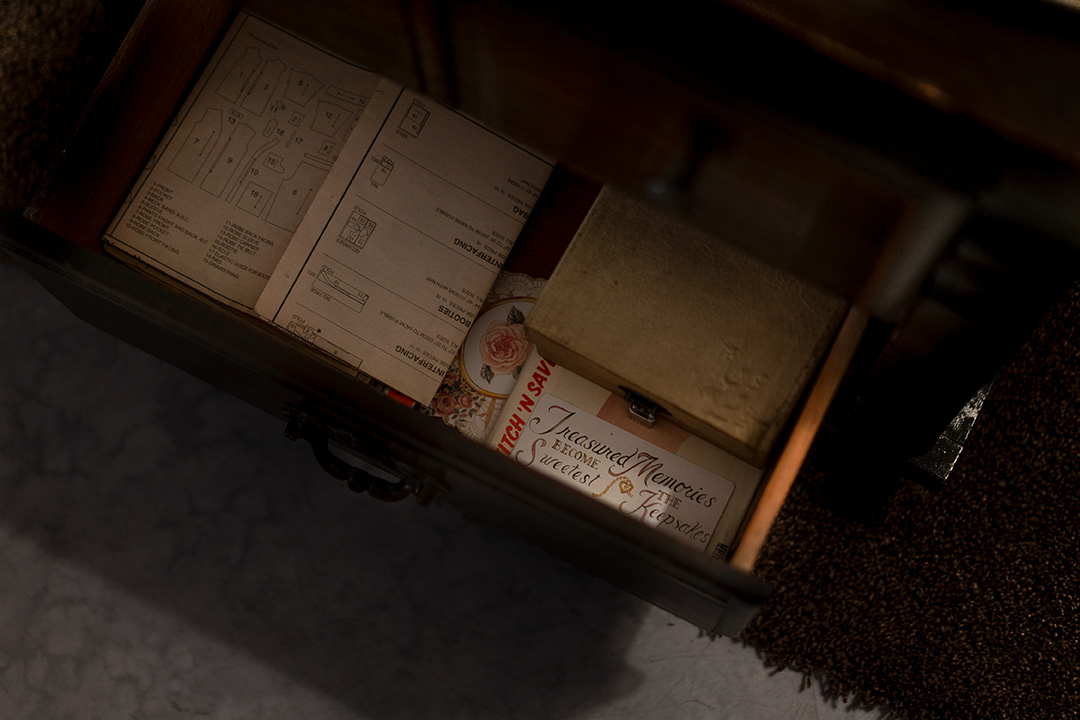
Photo credit: Kay Yoo @r.u.o.kay.graphy
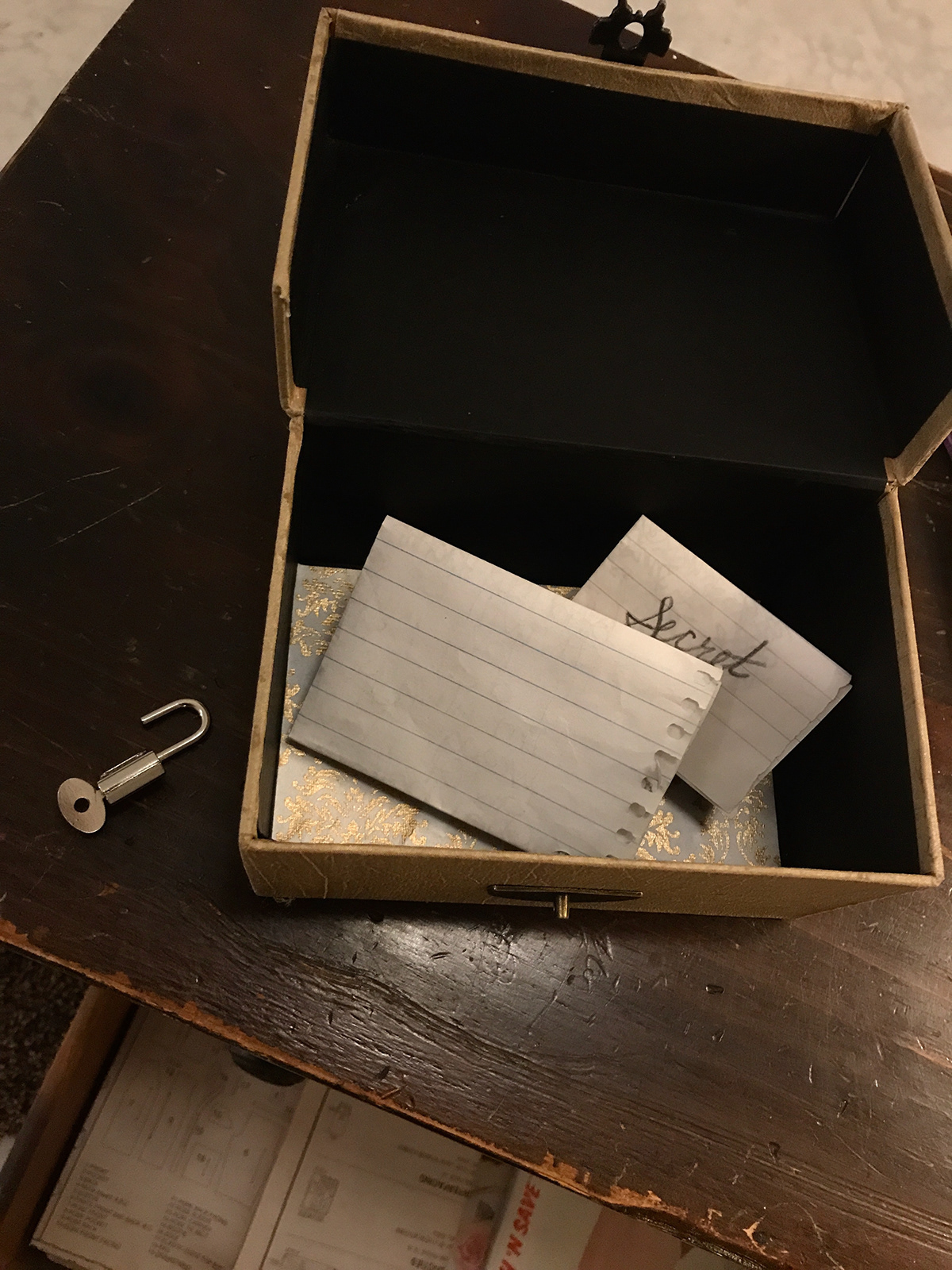
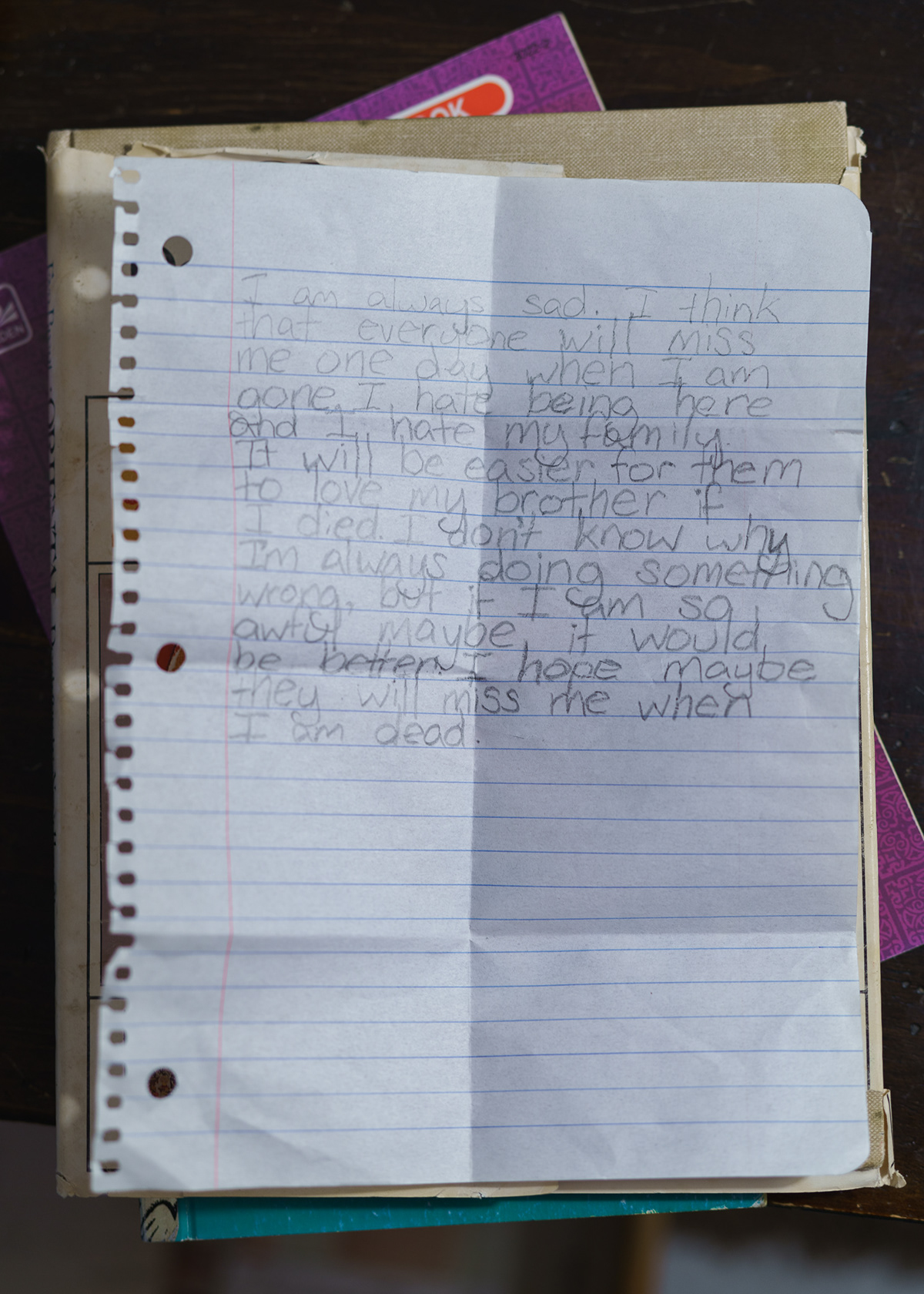
Photo by Probably Joel, http://probablyjoel.com
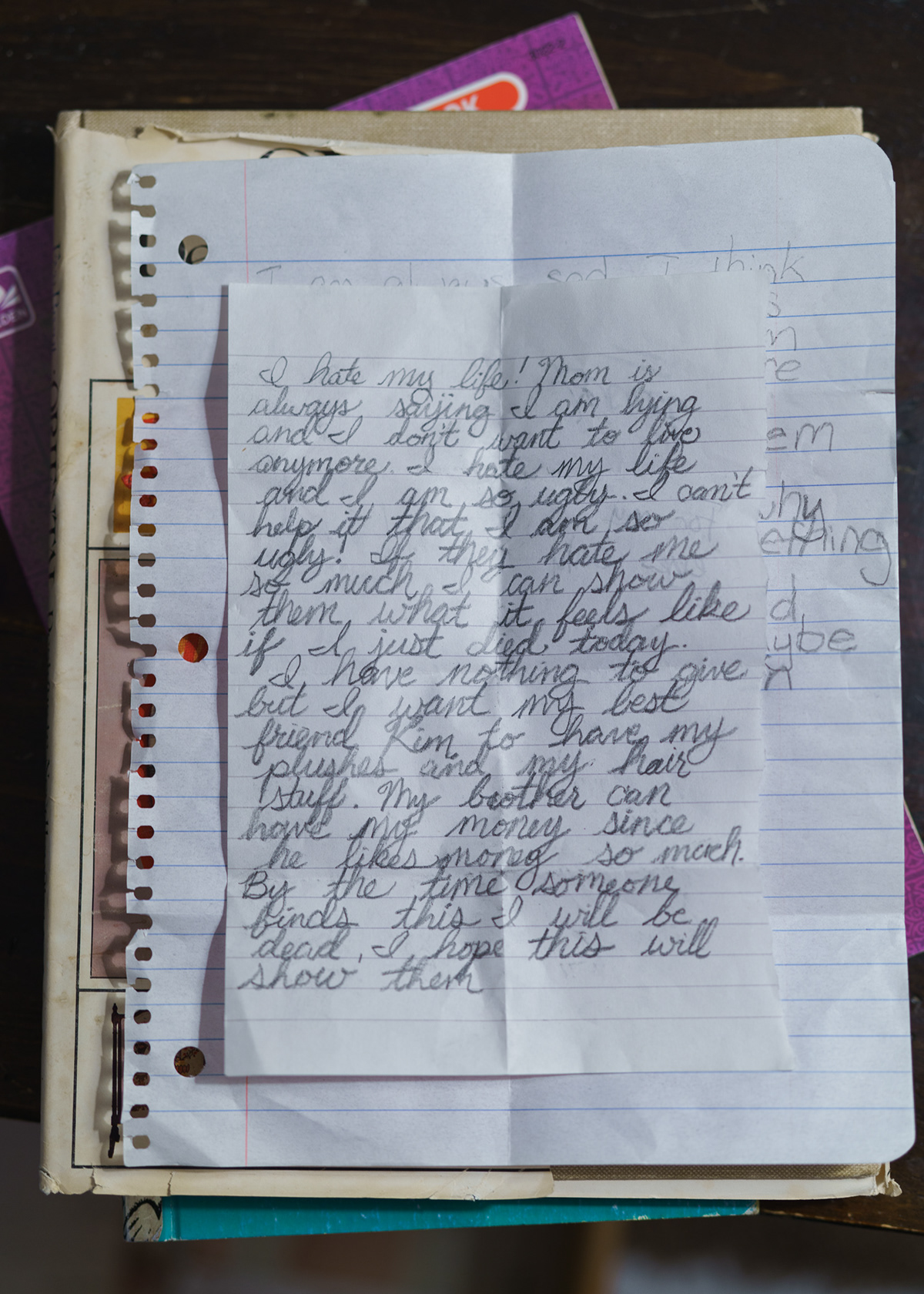
Photo by Probably Joel, http://probablyjoel.com

Photo by Probably Joel, http://probablyjoel.com

Photo by Probably Joel, http://probablyjoel.com

Photo by Probably Joel, http://probablyjoel.com

Photo by Probably Joel, http://probablyjoel.com

Photo by Probably Joel, http://probablyjoel.com
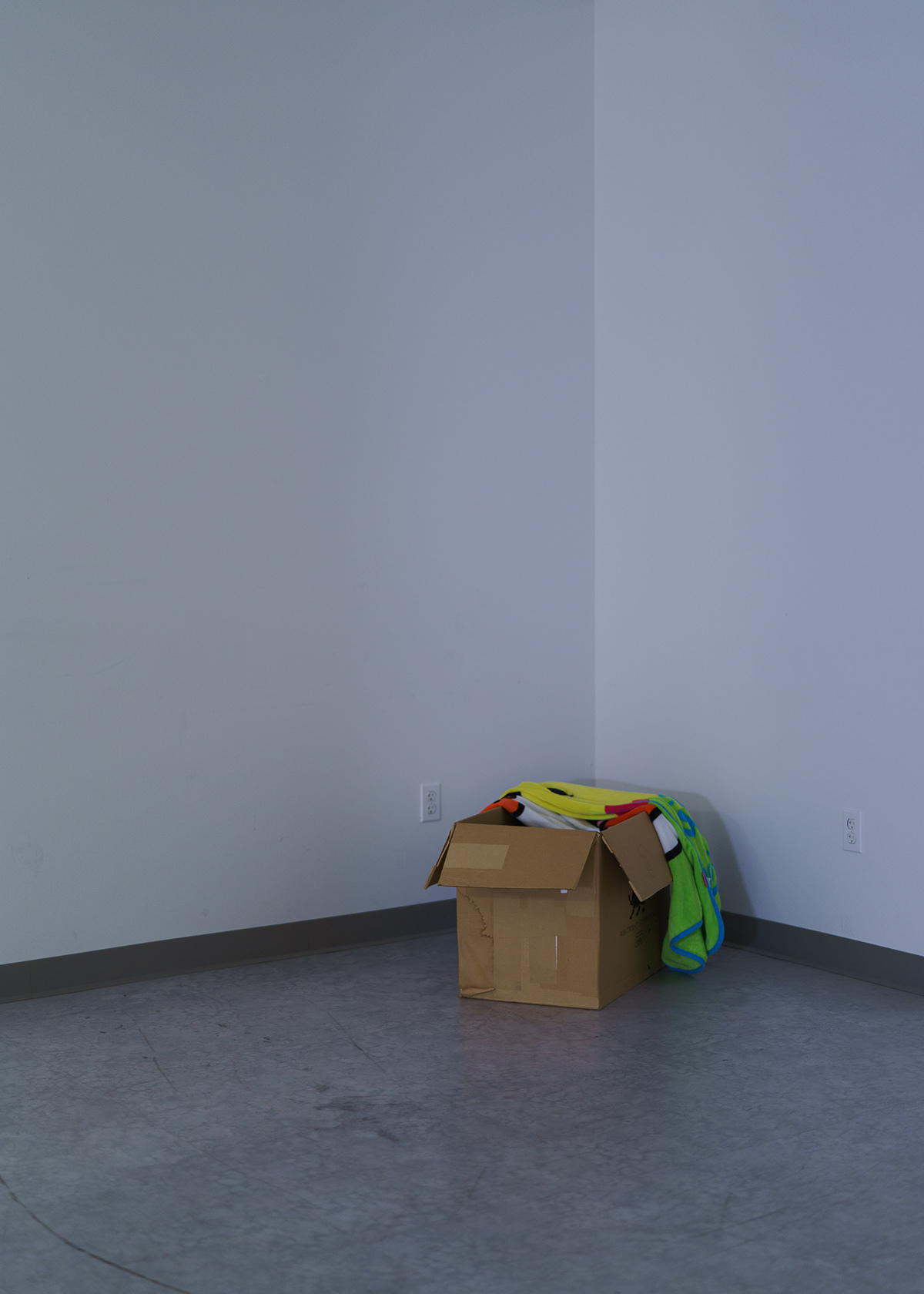
Photo by Probably Joel, http://probablyjoel.com
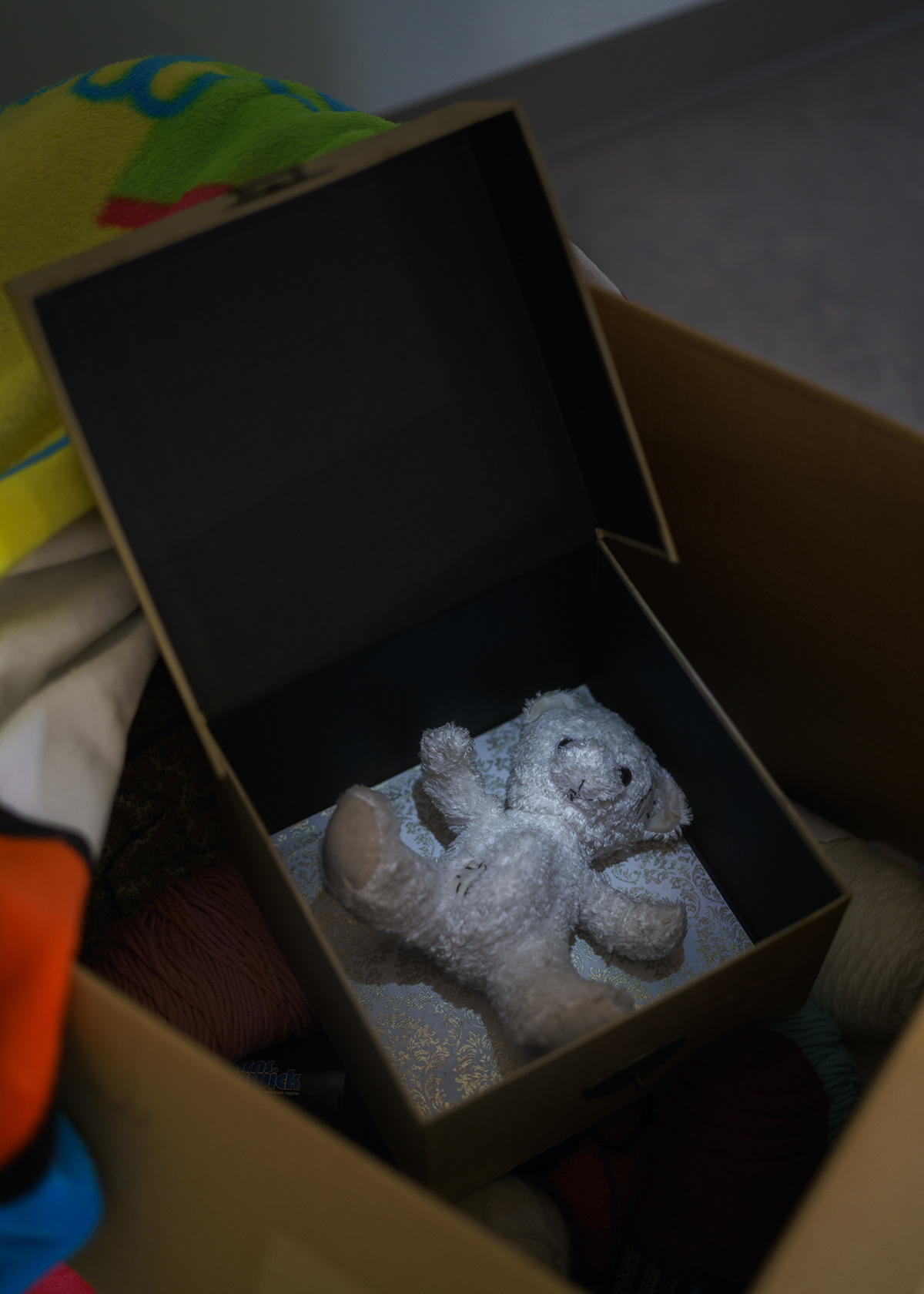
Photo by Probably Joel, http://probablyjoel.com
"Where Is Home?" visualizes the compartmentalization of traumatic memories from physical, psychological, and emotional abuse in what are typically seen as “nice, normal homes.” Upon entering the space, the viewer is presented with six vignettes arranged throughout the space representing various locations that can be found within a domestic setting: child’s room, bathrooms, kitchen or breakfast room, closet, and sewing room. Each space is individually lit and holds a piece of furniture or a set of objects indicating the particular use of the room that is being represented. Within each vignette is also a small, locked memory box and a key to open the lock. The box nearest to the entry contains a traditionally-made Chinese handscroll with an illustration of the blueprint of a family home. The remaining boxes hold found objects which serve as stand-ins for certain traumatic events detailed in the narrative text of the handscroll.
This installation piece physically manifests the psychological compartmentalization of traumatic memories, and uses the installation and the space of the room as a life-sized "pop-up book" where the narrative is shared. Certain smells, objects, textures, or spaces can contribute to the triggering of a memory associated with trauma, leading to the “locking away” of these memories. I explored the possibility of gaining agency over these memories by giving them physicality, and provided viewers with a way to empathize with people whose lives and identities were shaped/are presently affected by trauma but who still present themselves as “normal” (healthy) individuals. In conversations around child domestic violence, adults who have experienced abuse as children often discuss gaslighting, a term referring to their experiences in which the abusers have either forgotten or deny such traumatic experiences have ever taken place--sometimes even justifying the abuse because the survivors have become successful adults--leading to the oft-quoted phrase, "The axe forgets, but the tree remembers." Adding to this injury is the fact that other family members and even close friends are often shocked by the claims of abuse and domestic violence from survivors, leading them to question whether such experiences are fictionalized or exaggerated accounts, further adding to survivors' experiences of gaslighting and isolation.
The experience of a dimly lit space with small vignettes is a reference to the way these memories exist in my mind: there is no particular order in which they come to mind; I am frequently alone in these thoughts; they sometimes trigger each other so that multiple memories follow each other; and occasionally these thoughts are interrupted by an outside force (someone talking to me, a phone ringing, someone enters the room, etc.). I wanted to think about this work as an expanded book form, in which the imagery formed through text is manifested physically and visually, with the work existing in such a way that viewers are allowed a somewhat private experience in the silence of a room, but--similar to book reading--may walk away at any point in which the experience becomes emotionally taxing.


